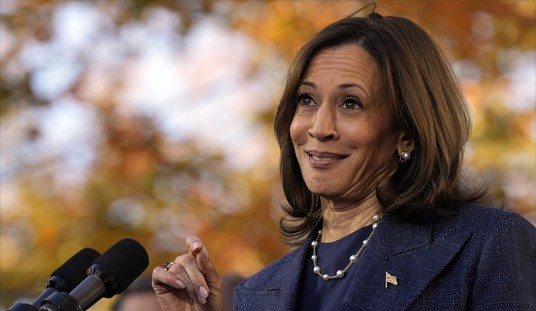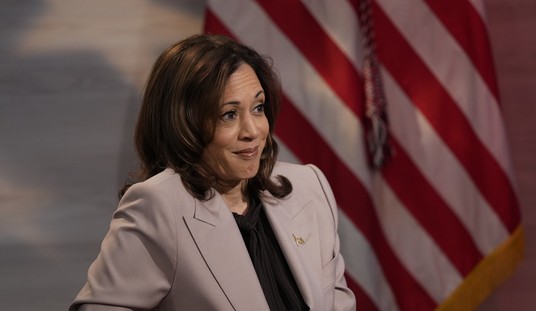Advertisement
So, it's puzzling that the Obama Administration is trying to restrict our ability to tap into American oil and natural gas resources.
Robert Bryce, Managing Editor for Energy Tribune, wrote in the Wall Street Journal on July 7, 2009 that President Obama is calling for the elimination of two tax incentives that encourage oil and natural gas exploration. President Obama calls them "unjustifiable loopholes" for big, bad oil and gas. The facts show that these two tax provisions more than pay their way all the while opening up American supplies that make us more energy independent.
One allows for the expensing of "intangible drilling costs," which are things like wages, fuel, and pipe. The other provides an allowance for percentage depletion, so well owners can deduct a portion of the value of the production of their wells. Together, these two provisions make up the bulk of the total $1.92 billion in federal oil and gas subsidies. An investment banking firm, Tudor, Pickering, Holt & Co., analyzed the impact of eliminating the intangible drilling cost tax incentive and found that it alone could lead to an increase in the cost of U.S. natural gas by 50 cents per thousand cubic feet.
But, together, these tax provisions helped us to make advances in energy technology and to tap into natural gas reserves in Texas and Pennsylvania that were previously thought to be too expensive to reach. A report by the Department of Energy this April found that these newly available resources total 649 trillion cubic feet of gas. That is the equivalent of 118.3 billion barrels of oil, which is more than the proven oil reserves of Iraq.
Recommended
Advertisement
As Bryce points out, "Simple arithmetic shows that eliminating the drilling subsidies that cost taxpayers less than $2 billion per year could result in an increased cost to consumers of $11.5 billion per year in the form of higher natural gas prices."
When you're gassing up the car for your next family outing, think about what it will take to make energy more affordable and energy independence more attainable. It's got to be an all-of-the-above strategy.

























Join the conversation as a VIP Member